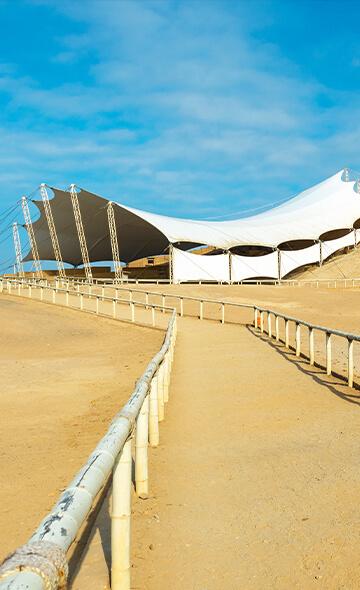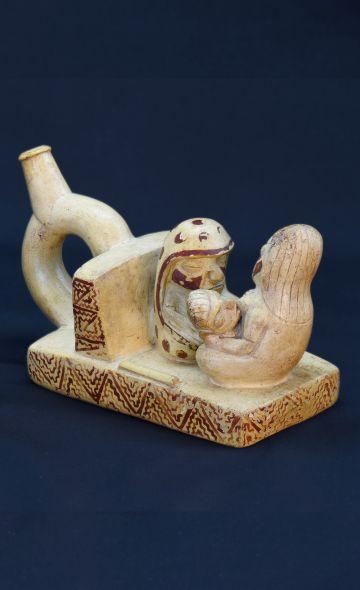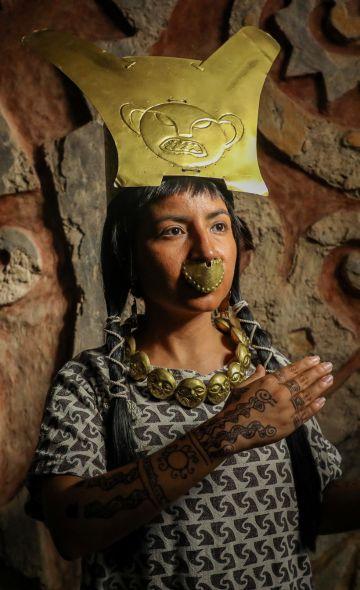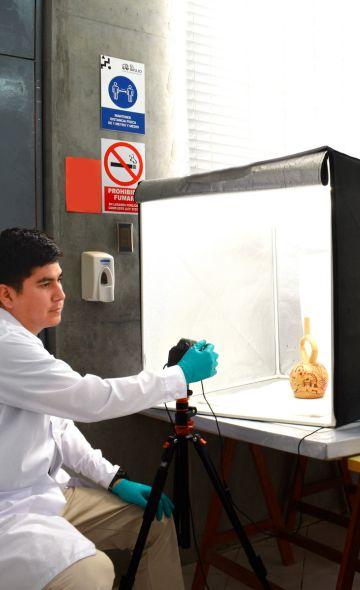- Visitors
- Researchers
- Students
- Community
- Information for the tourist
- Hours and fees
- How to get?
- Visitor Regulations
- Virtual tours
- Classic route
- Mystical route
- Specialized route
- Site museum
- Know the town
- Cultural Spaces
- Cao Museum
- Huaca Cao Viejo
- Huaca Prieta
- Huaca Cortada
- Ceremonial Well
- Walls
- Play at home
- Puzzle
- Trivia
- Memorize
- Crosswords
- Alphabet soup
- Crafts
- Pac-Man Moche
- Workshops and Inventory
- Micro-workshops
- Collections inventory
- News
- Researchers
- The Lambayeque People: Mythological origins and society
News
CategoriesSelect the category you want to see:
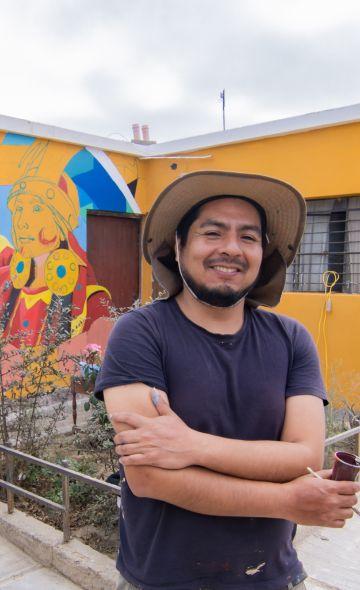
Magdalena de Cao to Once Again Host an International Mural Art Gathering ...
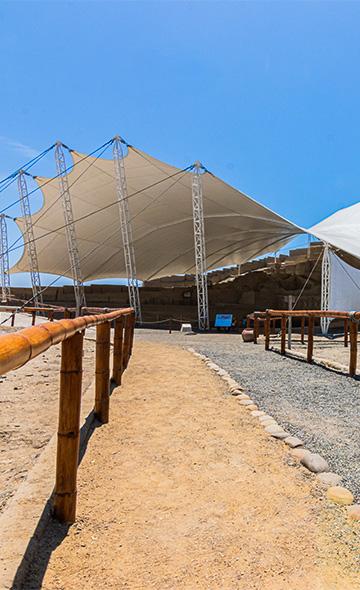
Explore El Brujo Through Virtual Tours: Culture and History at a Click ...
To receive new news.
By: Jose Ismael Alva Ch.
Jose Ismael Alva Ch.
Resident Archaeologist
The El Brujo Archaeological Complex, located in the lower valley of the Chicama River, was the scene of the occupation of different societies of pre-Hispanic, colonial and republican times, being also a repository of a series of evidences that account for the interaction among different cultures since 14 000 years ago.
In this long cultural history, around 900 AD, the main façade of Huaca Cao Viejo, an important Mochica temple, was used as a cemetery after the building was abandoned. The burial pattern, the fabrics that wrapped the buried bodies and the different offerings of this cemetery exhibited a technical and decorative style different from those of preceding societies, with close similarities to the style developed by the Lambayeque kingdom in the homonymous valley, located 150 kilometers away, north of the El Brujo Archaeological Complex.
What do we know about the pre-Hispanic Lambayeque kingdom?
We know as Lambayeque or Sicán a series of peoples who, between the years 750 and 1375 AD, built ceremonial and political centers in the forested and cultivation esplanades located between the La Leche, Lambayeque, Reque and Zaña rivers. Heirs to a sustained basic economy of agricultural and fishing resources, the Lambayeque elites consolidated their social position in the metallurgical activity linked to arsenical copper and access to exotic goods such as Spondylus shells and emeralds (Shimada, 1995), thus achieving influence in other neighboring valleys.
Mythological origins
In 1586, the Spanish clergyman and chronicler Miguel Cabello de Valboa recorded that the native peoples of Lambayeque remembered that, centuries before, a legendary personage, named Naymlap, arrived on their shores in the company of Ceterni, his main wife, and several concubines. Naymlap was in command of a fleet of rafts that came from the "upper part of Piru" and had forty officers in his service. Among them were:
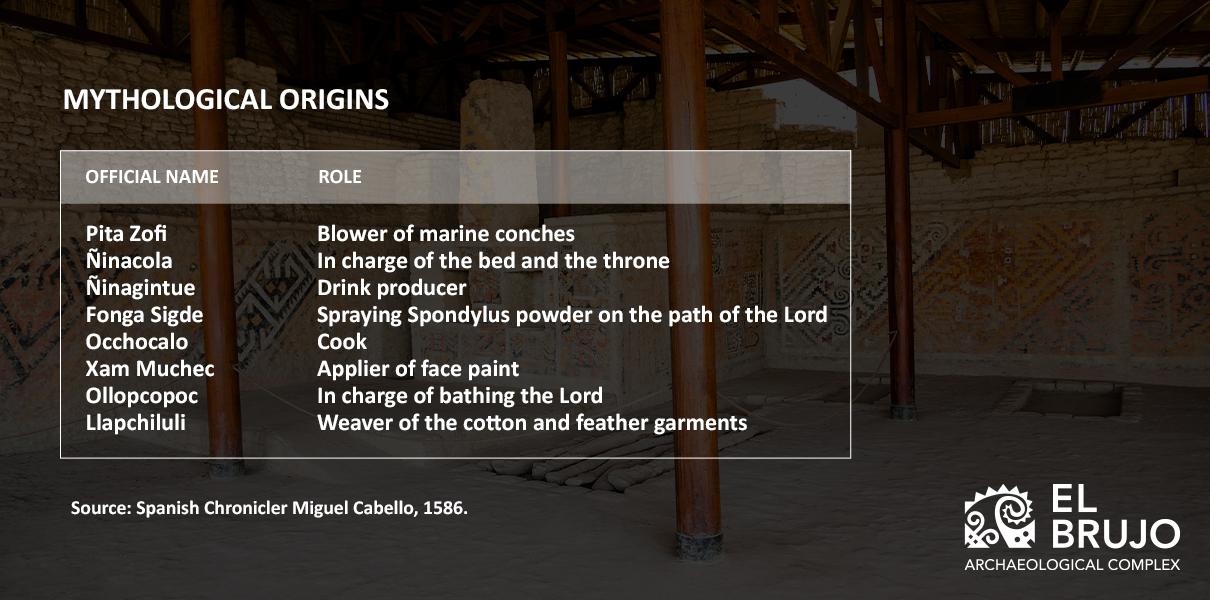
The navigators settled in the delta of the then known Faquisllanga River. This lord brought with him a green stone idol called Yampallec, whose name meant: figure and statue of Naymlap. Said image was placed inside a palace that served as his abode. After the death of this great lord, his entourage buried his body in secret and disseminated among the towns of the valley the news that Naymlap flew away with his wings towards an unknown place.
Between Deities and Ancestors
Archaeological investigations have defined that, before the expansion of the Chimú State that occurred in 1375 AD, the Lambayeque produced fine textiles and metal and ceramic objects with the ubiquitous representation of a humanized personage with a headdress or crown and wearing luxurious clothing and feathers. In most cases, this personage has a central and prominent position flanked by the figures of women and felines. The so-called “King Huaco” or “Sicán God” constitute the standardized images of a personage who transits between the earthly and divine planes. Paloma Carcedo (2016) has identified that the constant in these images evokes an ancestor with deity qualities, as the characters represented wore the typical death masks that were fixed in the face area of the bundles of the Lambayeque elite. Thus, the objects were the means that communicated the hierarchies and the power of the ancestors exercised to legitimize the privileged position of their lineages.
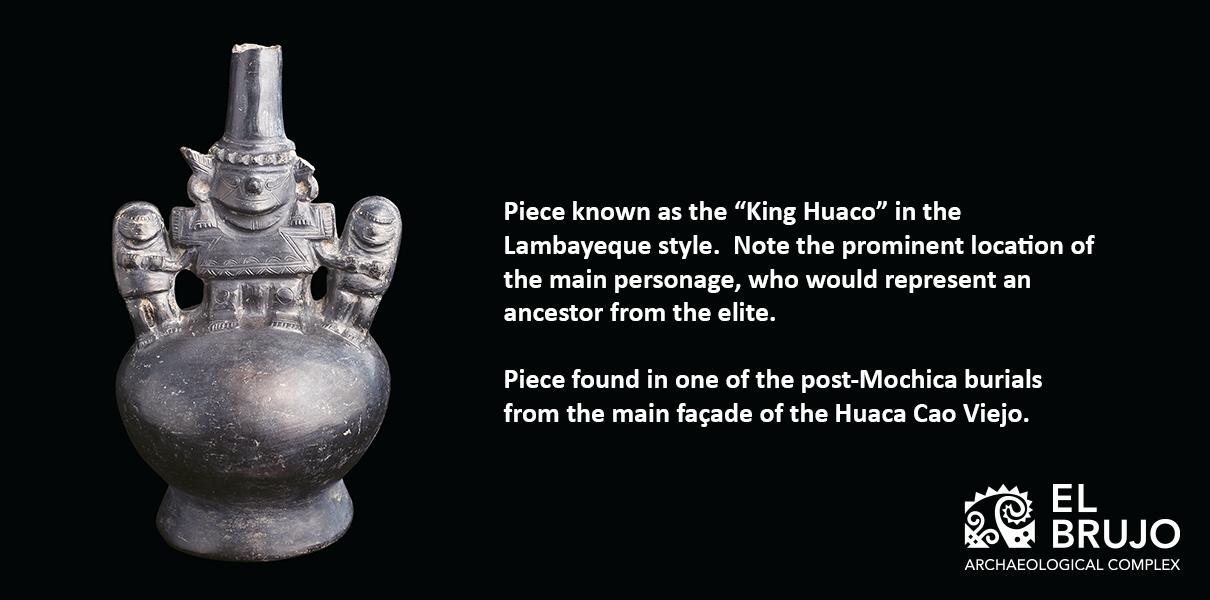
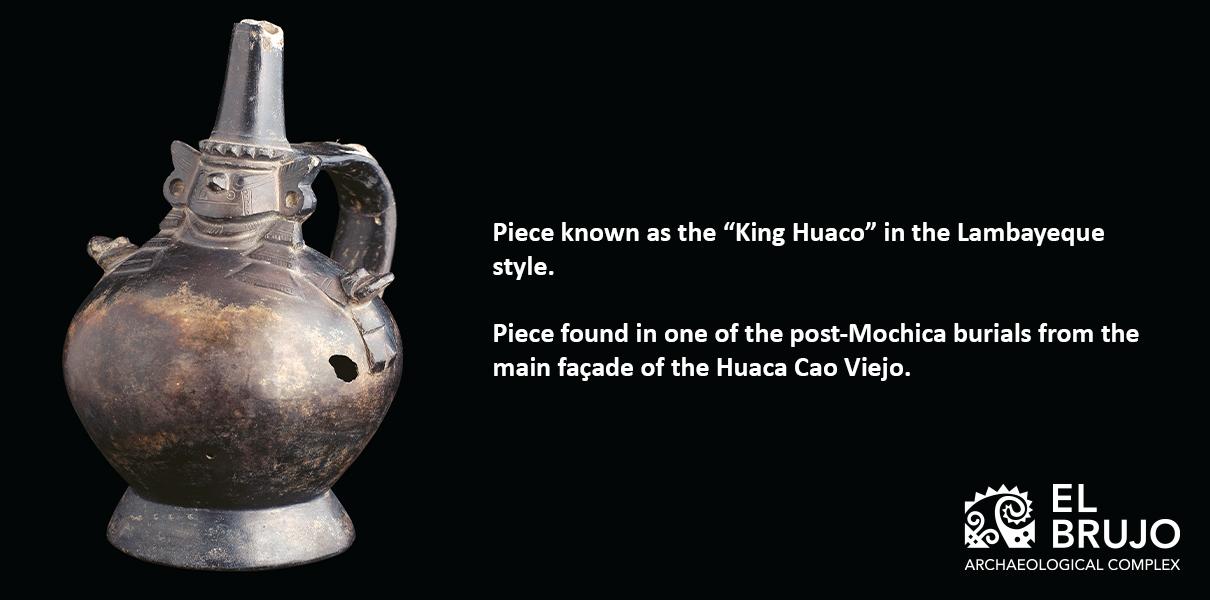
Pre-Hispanic history is vast and composed of the presence of a diversity of peoples with their own customs and in constant dynamics. Lambayeque was one of the last pre-Inca societies on the Peruvian north coast and one that was capable of making good use of its natural and human resources. The hierarchies established by the Lambayeque elite were sustained by elaborate discourses of ancestry and emblems of power. However, the intensive archaeological study of elite settlements and, especially, communities of lower social rank, will provide us with greater details and a better understanding of the complex economic, social and political relationships of this ancient kingdom.
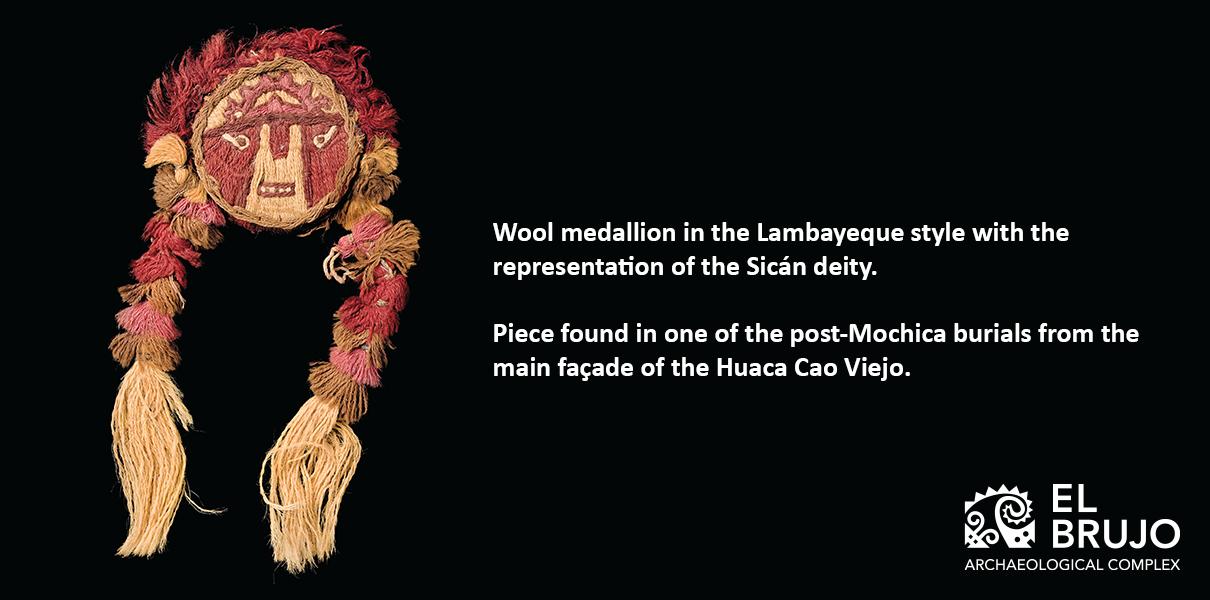
Bibliography
Cabello Valboa, Miguel
1951 Antarctic Miscellany. A history of Ancient Peru. Lima: Universidad Nacional Mayor de San Marcos.
Carcedo, Paloma
2016 Elite personages in Sicán goldsmithing: deities, lineages and ancestors. In A. Aimi, K. Makowski, E. Perassi (Eds), pp. 117-212. Lambayeque. New Horizons of Peruvian Archeology. Milano: Ledizioni.
Shimada, Izumi
1995 Sicán Culture. God, wealth and power on the north coast of Peru. Lima: Banco Continental Foundation for the Promotion of Education and Culture, Edubanco.
Researchers , outstanding news


